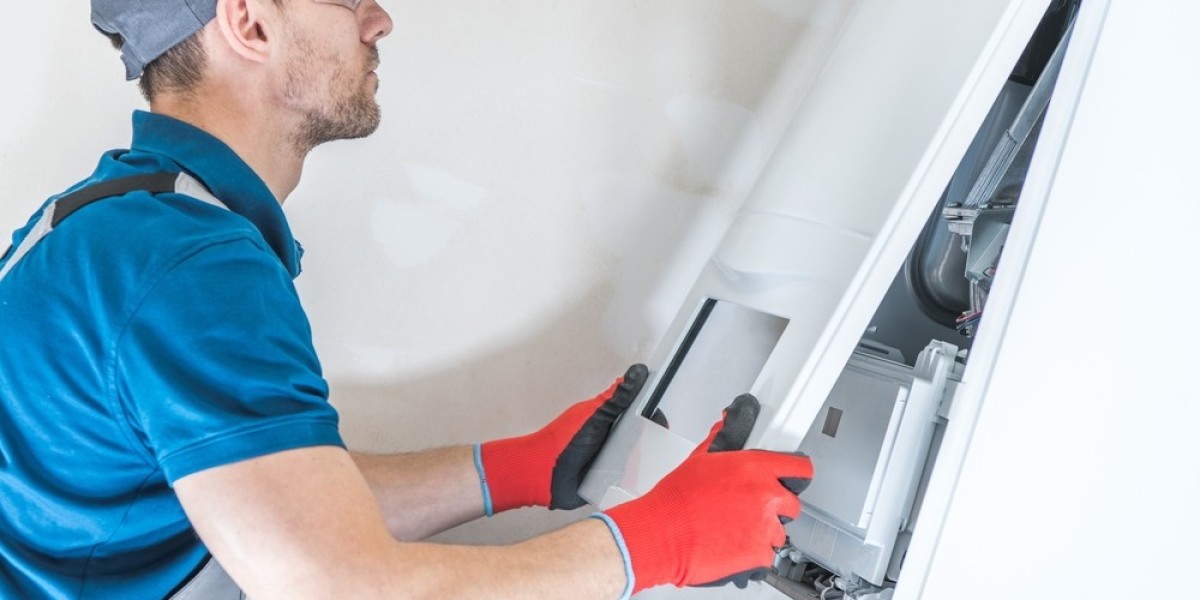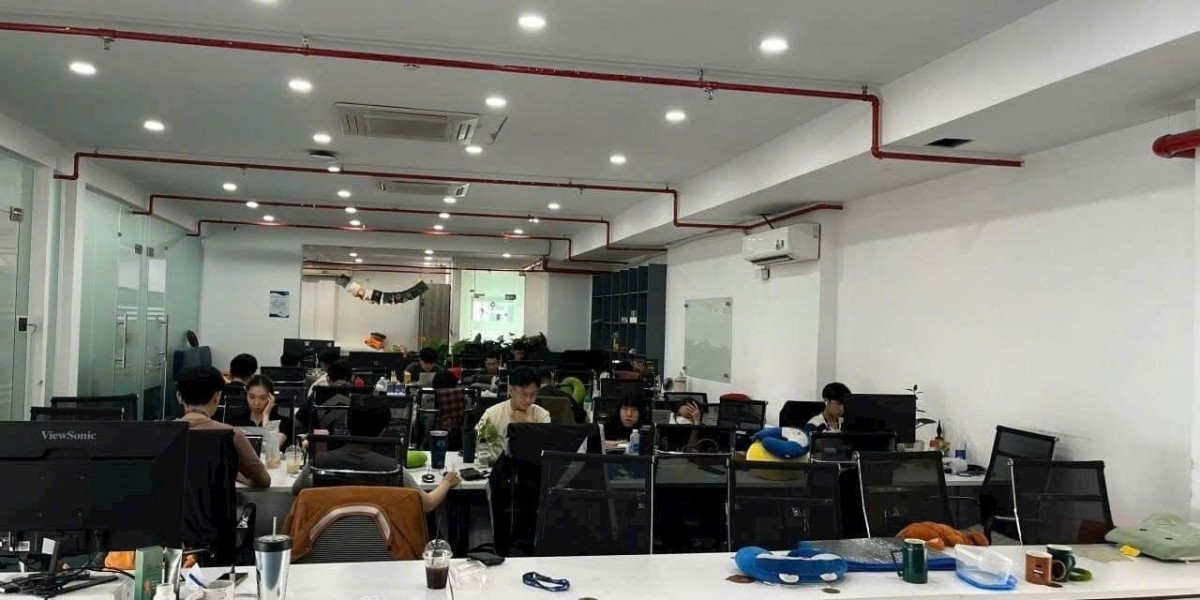furnace installation a furnace is essential for maintaining a comfortable and warm living space during cold weather. Whether you're replacing an old furnace or installing a new one, proper installation is crucial to ensure safety, efficiency, and longevity of the system. Here’s a comprehensive guide to understanding furnace installation.
1. Why Furnace Installation is Important
A well-installed furnace offers many benefits:
- Safety: Proper installation prevents hazards such as gas leaks, carbon monoxide poisoning, and fire risks.
- Energy Efficiency: A correctly installed furnace runs more efficiently, which reduces energy consumption and lowers heating bills.
- Comfort: Correct installation ensures even heating throughout your home, eliminating cold spots and drafts.
- Longevity: Proper installation reduces wear and tear on the furnace, extending its lifespan and preventing premature breakdowns.
2. Choosing the Right Furnace
Before installing a furnace, it's essential to select the right one for your needs. Consider these factors:
- Furnace Size: A furnace that is too small will struggle to heat your home, while one that is too large can waste energy. An HVAC technician can perform a load calculation to determine the proper size based on your home’s size, insulation, and climate zone.
- Fuel Type: Furnaces are powered by various fuels, including natural gas, propane, oil, and electricity. Natural gas is the most common option due to its affordability and efficiency.
- Energy Efficiency (AFUE Rating): The AFUE (Annual Fuel Utilization Efficiency) rating measures the furnace’s efficiency. A higher AFUE indicates a more efficient furnace. Look for one with an AFUE rating of at least 80% or higher.
- Features: Modern furnaces offer advanced features, such as variable-speed blowers, multi-stage heating, and compatibility with smart thermostats, which can increase comfort and energy efficiency.
3. The Furnace Installation Process
Furnace installation involves several important steps, which should be carried out by a qualified professional to ensure proper operation. Here's what to expect:
Step 1: Pre-Installation Assessment
- Evaluation: The HVAC technician will assess your home to determine the right furnace size and type, as well as inspect existing systems like ductwork.
- Ductwork Inspection: The technician will check your ductwork for leaks, blockages, or damage. Properly sealed ducts are critical for efficient airflow and furnace performance.
Step 2: Removing the Old Furnace (if applicable)
- If you are replacing an old furnace, the technician will turn off the gas, electricity, and remove the old unit. They will ensure the area is clear and ready for the new furnace installation.
Step 3: Installing the New Furnace
- Positioning: The new furnace will be positioned in the appropriate location, typically in the basement, attic, or a utility room. It must be level and securely installed to prevent operational issues.
- Gas and Electrical Connections: For gas-powered furnaces, the technician will connect the gas line and electrical connections. These connections must be checked for safety before the furnace is powered on.
- Ductwork and Venting: The new furnace will be connected to your home's ductwork. Proper venting is essential to expel combustion gases, such as carbon monoxide, safely outside the home.
Step 4: System Testing and Calibration
- Testing: The technician will test the furnace to ensure it is operating correctly. This includes checking airflow, gas pressure, and the cycling of the furnace.
- Safety Checks: The technician will perform safety checks to ensure there are no gas leaks, carbon monoxide issues, or improper venting.
- Thermostat Calibration: The thermostat will be calibrated to ensure it properly regulates the temperature in your home, contributing to the furnace's energy efficiency.
4. Post-Installation Care and Maintenance
To ensure the furnace operates efficiently and lasts longer, regular maintenance is key:
- Annual Inspections: Schedule yearly furnace inspections to check for any wear, replace filters, and clean the furnace. This helps maintain efficiency and detect potential problems early.
- Change Air Filters: Replace the air filter regularly to maintain airflow and prevent the furnace from working harder than necessary.
- Inspect Ductwork: Ensure that ducts are clear of obstructions and leaks to prevent energy waste.
5. DIY vs. Professional Furnace Installation
Although some may attempt DIY furnace installation, it’s strongly recommended to hire a professional HVAC technician. Furnace installation involves complex processes, including gas and electrical connections, which require expertise to avoid potential hazards. A licensed technician ensures that the furnace is installed according to local building codes and manufacturer instructions, preventing future problems and warranty issues.
Conclusion
Furnace installation is an important process that impacts the comfort, safety, and efficiency of your home. By selecting the right furnace, hiring a licensed technician for installation, and keeping up with maintenance, you can ensure your furnace operates efficiently, lasts longer, and keeps your home warm and comfortable during the winter months.





